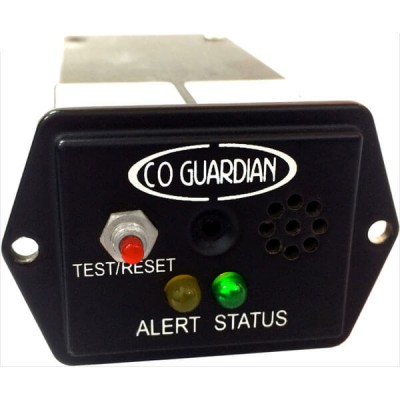Lawson Laslo
Pre-takeoff checklist
- Joined
- Jan 18, 2019
- Messages
- 403
- Location
- Sundance airport Oklahoma
- Display Name
Display name:
N2005H
can you just cut out the small orange circle on the asa carbon monoxide detector to put in the panel? Instead of having a big white sticker in the cockpit
View attachment 78529


had to fill the hole where the vacuum gauge came out.
How heavy is that?
How heavy is that?
How heavy is that?
slightly lighter than air.
And these are next to useless. We won't use them in the chem lab because you would likely die before you notice they turn dark. They also have a poor useful life. A $20 residential/commercial solid state CO detector with a digital readout will be more effective and informative. I think I found a nice Kidde unit. Good for 10 years.
